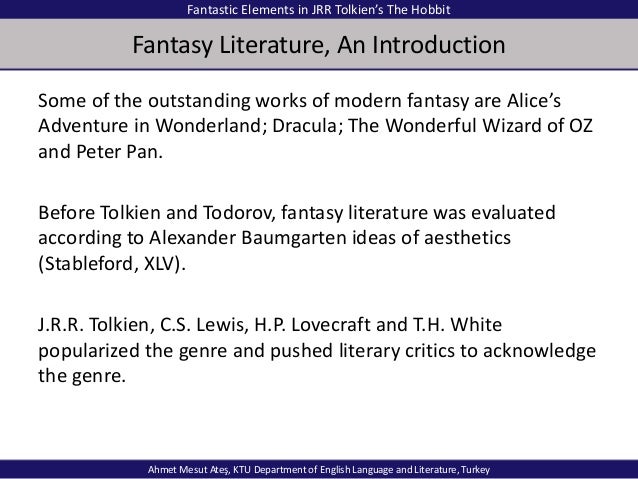Baumgarten Aesthetics Pdf Creator
Contents. Biography Baumgarten was born in as the fifth of seven sons of the of the, Jacob Baumgarten, and of his wife Rosina Elisabeth. Both his parents died early, and he was taught by Martin Georg Christgau where he learned and became interested in. While the meanings of words often change as a result of cultural developments, Baumgarten's reappraisal of is often seen as a key moment in the development of.
Alexander Baumgarten Aesthetics
Previously the word aesthetics had merely meant 'sensibility' or 'responsiveness to stimulation of the senses' in its use by ancient writers. With the development of as a commercial enterprise linked to the rise of a class across Europe, the purchasing of art inevitably led to the question, 'what is good art?'
Baumgarten developed aesthetics to mean the study of good and bad ', thus good and bad art, linking good taste with beauty. By trying to develop an idea of good and bad taste, he also in turn generated philosophical debate around this new meaning of aesthetics. Without it, there would be no basis for aesthetic debate as there would be no objective criterion, basis for comparison, or reason from which one could develop an objective argument. Views on aesthetics.
Alexander Baumgarten, Aesthetica, 1750, §1: 'Aesthetices finis est perfectio cognitionis sensitivae'. Steven Nadler (ed.), A Companion to Early Modern Philosophy, John Wiley & Sons, 2008, p. ^ Jan Lekschas,. Caygill, Howard (1982).
University of Sussex. ^, VII., III. Frederick Copleston (1946–1975)., vol. References. Chisholm, Hugh, ed. Cambridge University Press. Further reading.
Eric Watkins (ed.), Kant's Critique of Pure Reason: Background Source Materials, Cambridge University Press, 2009 (Chapter 3 contains a partial translation of the 'Metaphysics'). External links. Jan Lekschas, (in German). (in German).
Contents. Biography Baumgarten was born in as the fifth of seven sons of the of the, Jacob Baumgarten, and of his wife Rosina Elisabeth. Both his parents died early, and he was taught by Martin Georg Christgau where he learned and became interested in. While the meanings of words often change as a result of cultural developments, Baumgarten's reappraisal of is often seen as a key moment in the development of.

Aesthetic Word Creator

Previously the word aesthetics had merely meant 'sensibility' or 'responsiveness to stimulation of the senses' in its use by ancient writers. With the development of as a commercial enterprise linked to the rise of a class across Europe, the purchasing of art inevitably led to the question, 'what is good art?'

Aesthetic Board Creator
Baumgarten developed aesthetics to mean the study of good and bad ', thus good and bad art, linking good taste with beauty. By trying to develop an idea of good and bad taste, he also in turn generated philosophical debate around this new meaning of aesthetics. Without it, there would be no basis for aesthetic debate as there would be no objective criterion, basis for comparison, or reason from which one could develop an objective argument. Views on aesthetics. Alexander Baumgarten, Aesthetica, 1750, §1: 'Aesthetices finis est perfectio cognitionis sensitivae'. Steven Nadler (ed.), A Companion to Early Modern Philosophy, John Wiley & Sons, 2008, p.
^ Jan Lekschas,. Caygill, Howard (1982). University of Sussex. ^, VII., III. Frederick Copleston (1946–1975)., vol.
References. Chisholm, Hugh, ed. Cambridge University Press.
Further reading. Eric Watkins (ed.), Kant's Critique of Pure Reason: Background Source Materials, Cambridge University Press, 2009 (Chapter 3 contains a partial translation of the 'Metaphysics'). External links. Jan Lekschas, (in German).
(in German).